Long journey for humanity
The story of Ms. Ha Thi Dieu Vien - Deputy General Manager of Silk Sence Hoi An River Resort, shared at the forum "Vietnam Tourism - Green transformation for sustainable development" on the afternoon of April 12, shows the practical effectiveness brought about by green transformation in tourism.
Among thousands of hotels in Hoi An ( Quang Nam ), Silk Sense Hoi An is one of the pioneers in piloting the construction of a “green hotel”. Ms. Dieu Vien said that it was a process, from design, application to practice and detailing,... including limiting and completely eliminating the use of plastic waste.
With the guidance of the local tourism management agency, using 70 criteria built and refined by Silk Sense Hoi An itself, by September 2023 the resort will have no more plastic waste.
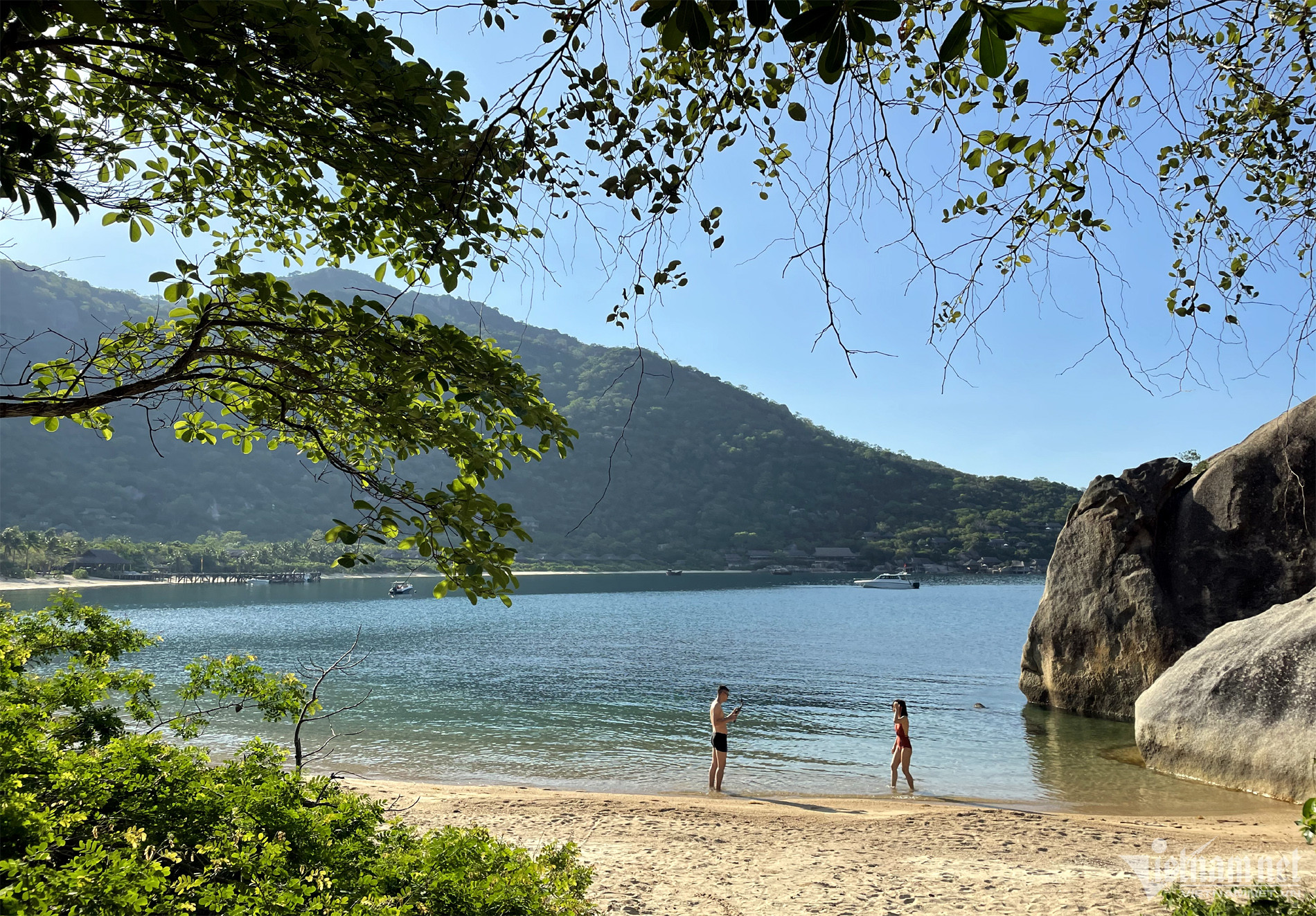
According to Ms. Dieu Vien, the implementation process faced three challenges: workers, suppliers and tourists. Regarding workers, since 80% are locals, after mobilization, signing a commitment to not using plastic waste was very convenient. From there, they also spread the word to family members.
On the supplier side, the resort has both called for cooperation and requested that plastic waste not be brought to the hotel, and will be required to comply with regulations.
For tourists, they have the right to enjoy the green environment but also have the responsibility to preserve and comply. Ms. Dieu Vien said that at first, guests did not feel that it was a must-do, but after a period of stay, they gradually changed, not bringing plastic waste, or bringing it and then taking it back to reuse.
For remaining waste, the hotel has a warehouse to classify it and signs a contract with a company that has the function of handling it, not releasing it into the environment.
Thanks to that, last year, the resort reduced 80,000 single-use plastic bottles, reducing 10 tons of plastic waste to the environment. Above all, it is a pride when 100% of the feedback from guests has a good feeling and remembers the green space here. Thereby, sharing and spreading the message of green tourism and sustainable development.
Transforming green tourism is a long journey. As the representative of the resort above admitted, Silk Sense Hoi An is only 1 of 20 businesses certified as green tourism according to the criteria of the Quang Nam Green Tourism Department. It takes the joint efforts of other units and the whole community to turn Hoi An into a green destination.
Dr. Vo Tri Thanh, former Deputy Director of the Central Institute for Management Research, said that in the strategies of ministries, branches, and localities, in the areas considered to be the key focus of green transformation in Vietnam such as greening investment, greening consumption, greening policies, greening lifestyles, greening production and business, etc., one of the areas that Vietnam's action program needs to emphasize is tourism.
Tourism is the industry that needs green transformation the most because it is the pinnacle of (direct) human service. It is also a story of destination competition and national image.
Even tourists are different now, Dr. Vo Tri Thanh commented. Lifestyle, consumption, and enjoyment have changed.
Citing Expedia Group's 2022 survey, Mr. Thanh said that 90% of travelers, especially the younger generation, Gen Z, are not only interested in personal experiences, exploration , and enjoyment, not only demanding green, but they also want to contribute to sustainable development, environmental protection, and the community,... right during their travel.
“They choose sustainable travel, especially trips that reduce their environmental footprint, support local economies and cultures, and have the opportunity to explore new destinations,” he said.
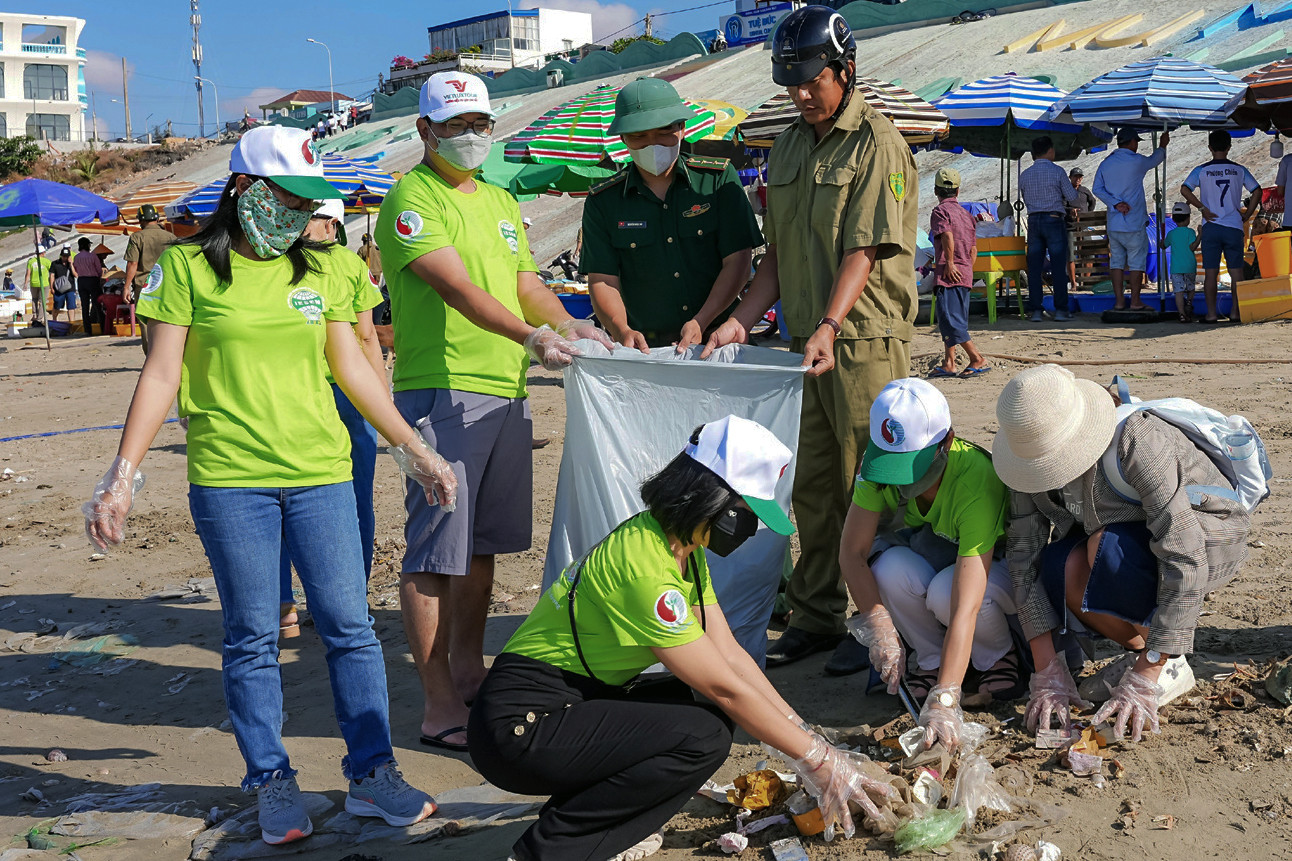
"Greening" tourism requires the cooperation of all parties
As an organization participating in a number of projects related to reducing plastic waste, promoting wildlife conservation and responsible nature-based tourism, UNDP Deputy Resident Representative in Vietnam, Mr. Patrick Harvemann, said that the green transformation process in tourism in Vietnam needs to focus on four factors: green planning; effective destination management; plastic waste-free and low-carbon tourism; and sustainable nature-based tourism.
Agreeing with Mr. Patrick, Dr. Vo Tri Thanh noted that the process of “greening” tourism requires the participation of all stakeholders, especially the role of tourists, businesses and destination communities. But the important thing is to ensure effective profits for businesses.
According to Mr. Phung Quang Thang, Vice President of the Vietnam Tourism Association, the green transformation process in tourism is long-term and requires small changes. Along with that, working together to build green destinations is very important.
The current challenges, from the perspective of the state research agency on tourism, Dr. Nguyen Anh Tuan, Director of the Institute for Tourism Development Research, pointed out that they are inadequate awareness of green growth and sustainable tourism development; lack of specific mechanisms and guidelines; financial issues and investment in green solutions.
But in the process of practical implementation, Mr. Luong Thanh Nam, Chairman of the Board of Directors and CEO of VietSolutions - a solution provider for hotels, analyzed that the awareness of green transformation has been sufficiently absorbed, but the obstacle from awareness to action is the financial problem, especially when tourism has just recovered after the Covid epidemic.
He cited that to reduce plastic waste, hotels have eliminated small cosmetic bottles and switched to large bottles, had to buy hangers,... with hotel systems of thousands of rooms, the cost is not small.
However, Dr. Pham Le Thao, Deputy Head of the Department of Travel Management (Vietnam National Tourism Administration), raised the issue that the most important thing is to research and develop a set of criteria and standards for green tourism for synchronous implementation. This agency has researched and developed a set of criteria to evaluate the green growth of tourist destinations, which has been applied by a number of units.
However, Ms. Pham Le Thao said that there are currently many criteria issued by ministries and branches, so it is necessary to have a set of official national criteria, developed by the Ministry of Planning and Investment. From there, we can determine what is green for the environment, for infrastructure, for tourism products to apply uniformly.
Source




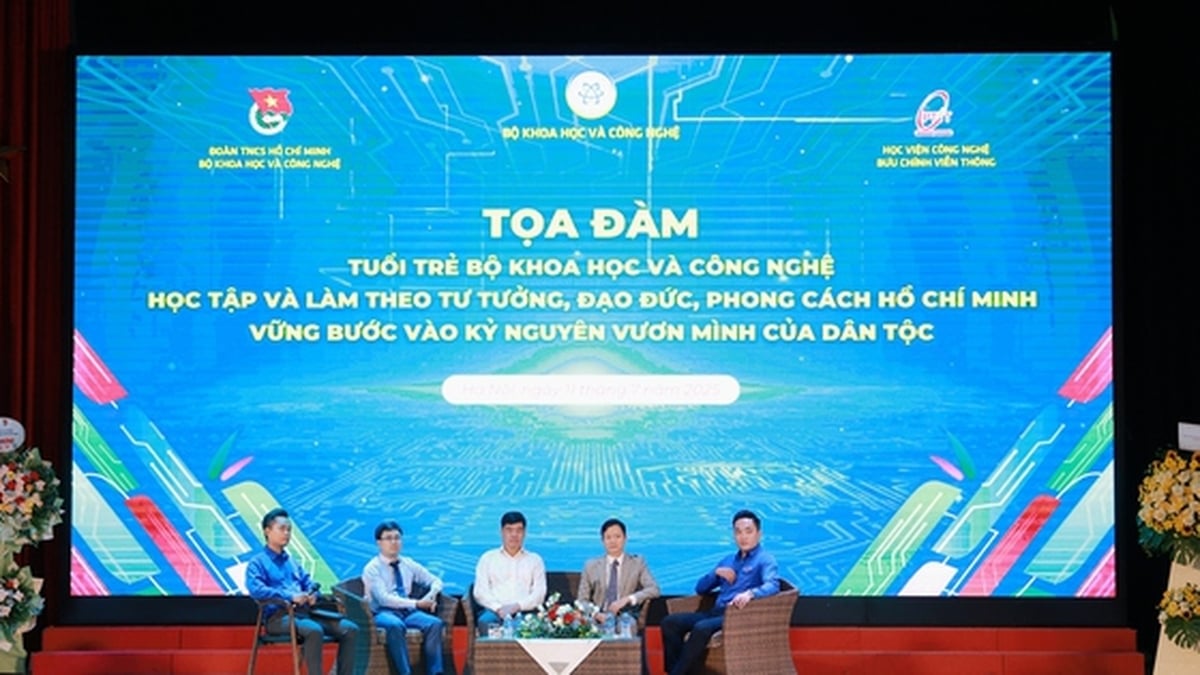
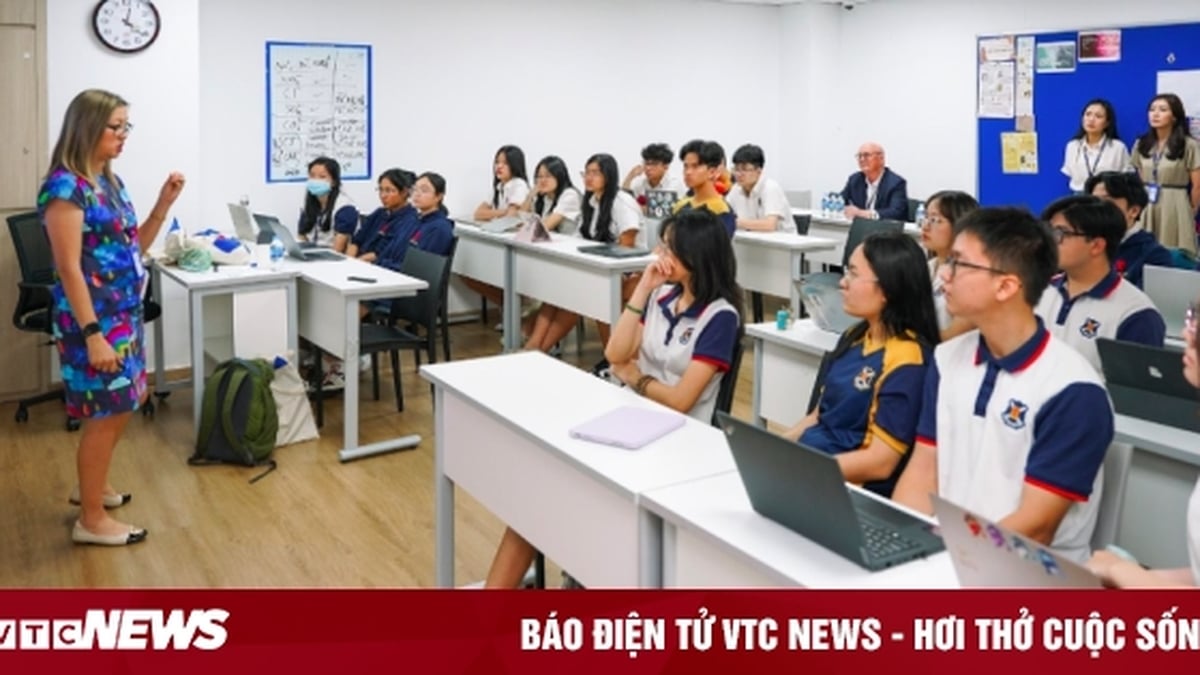
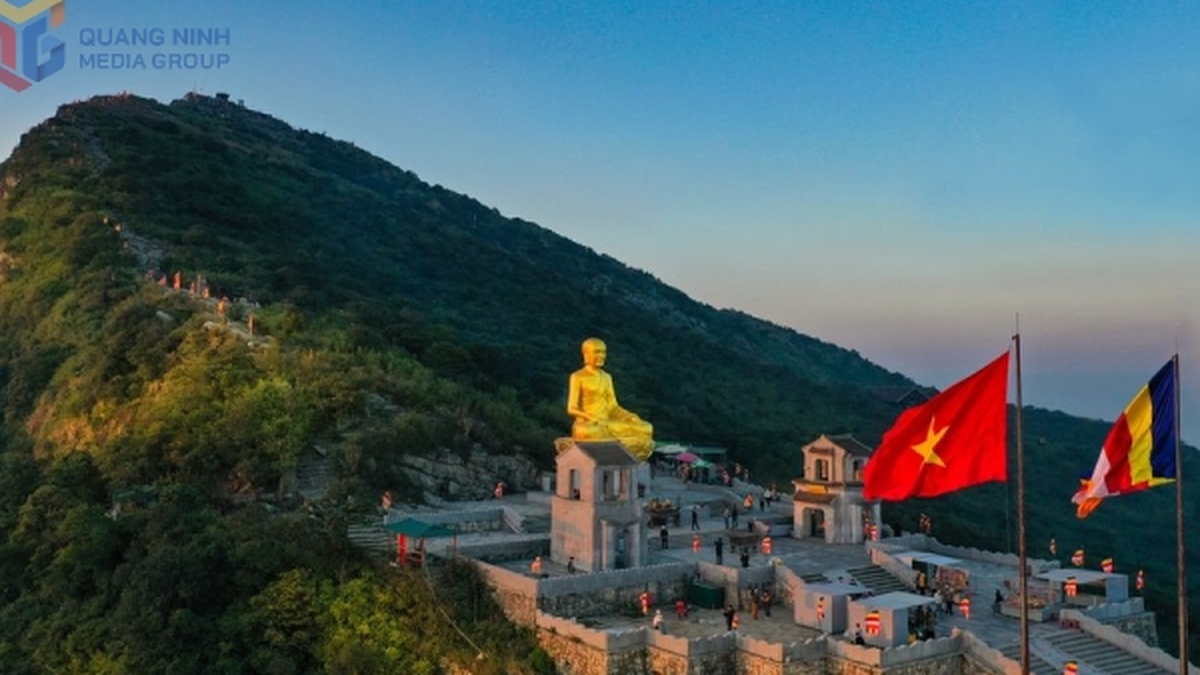
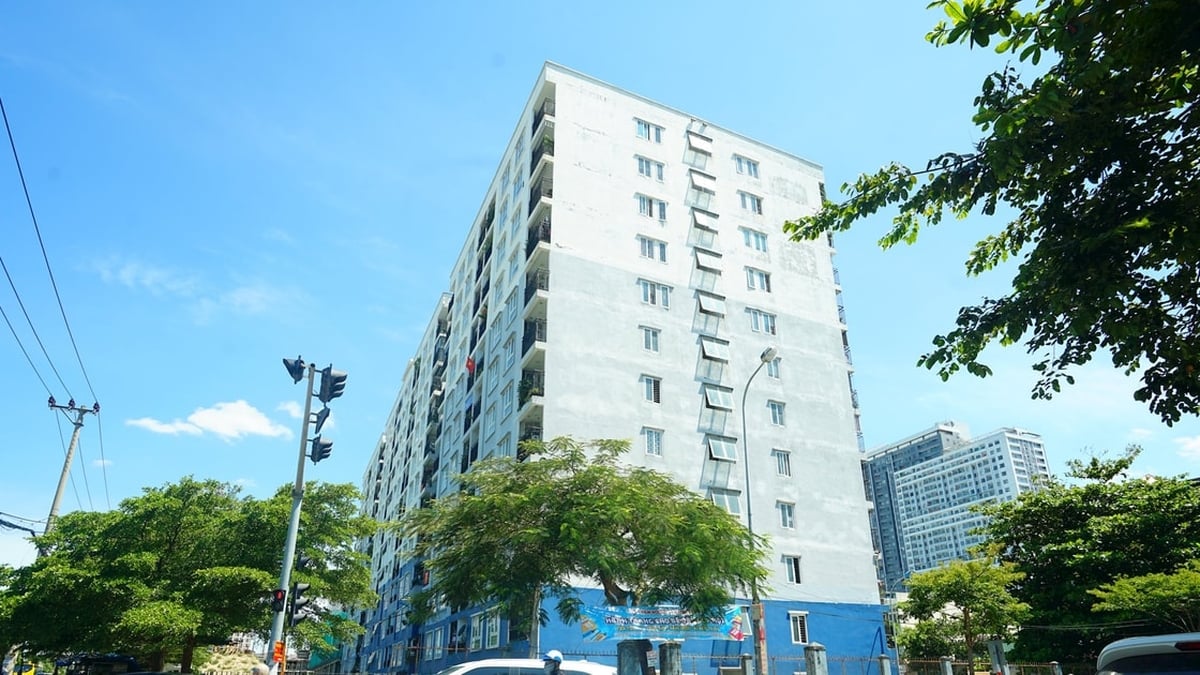
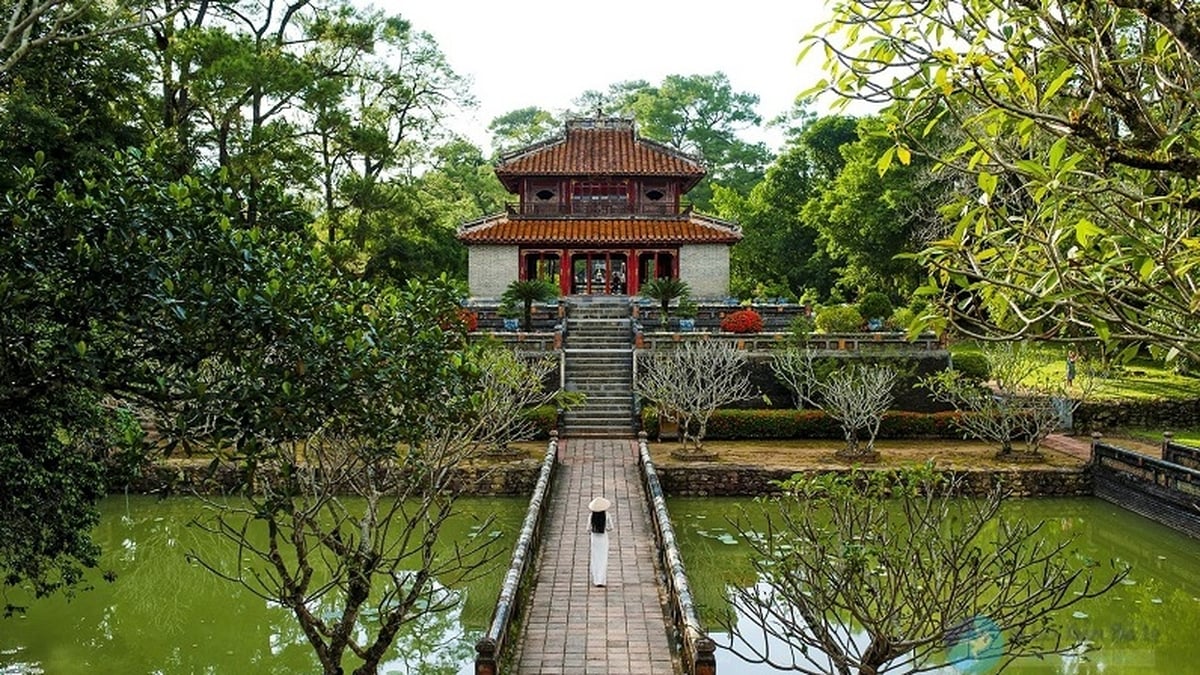

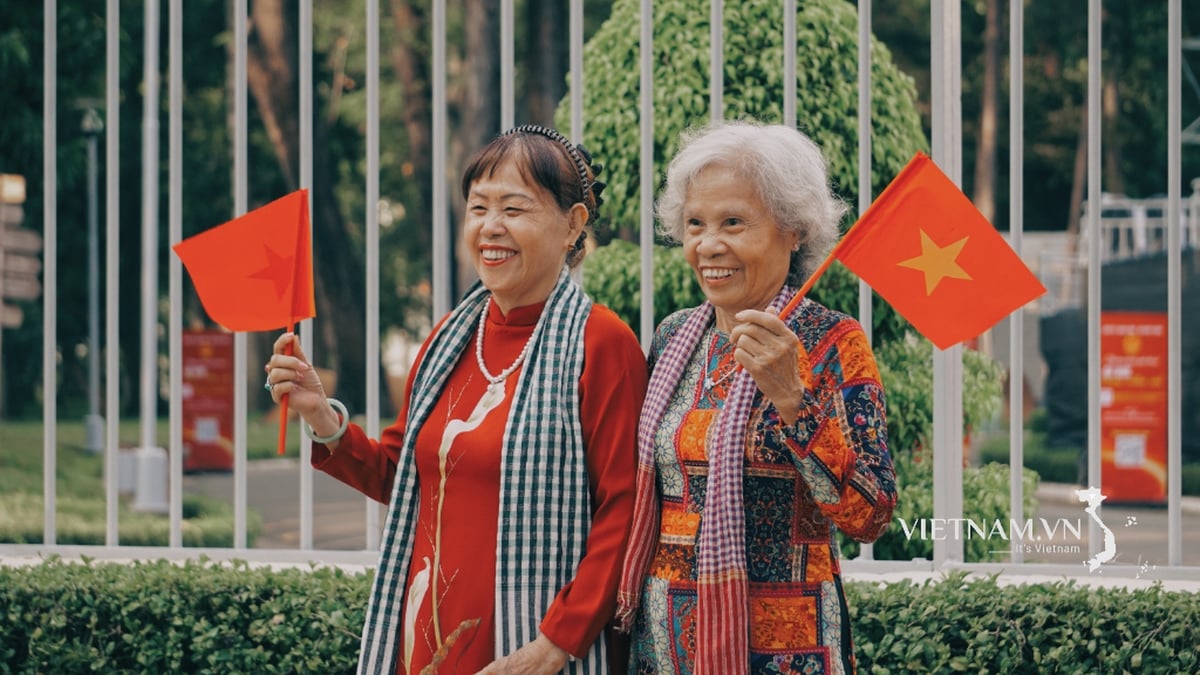
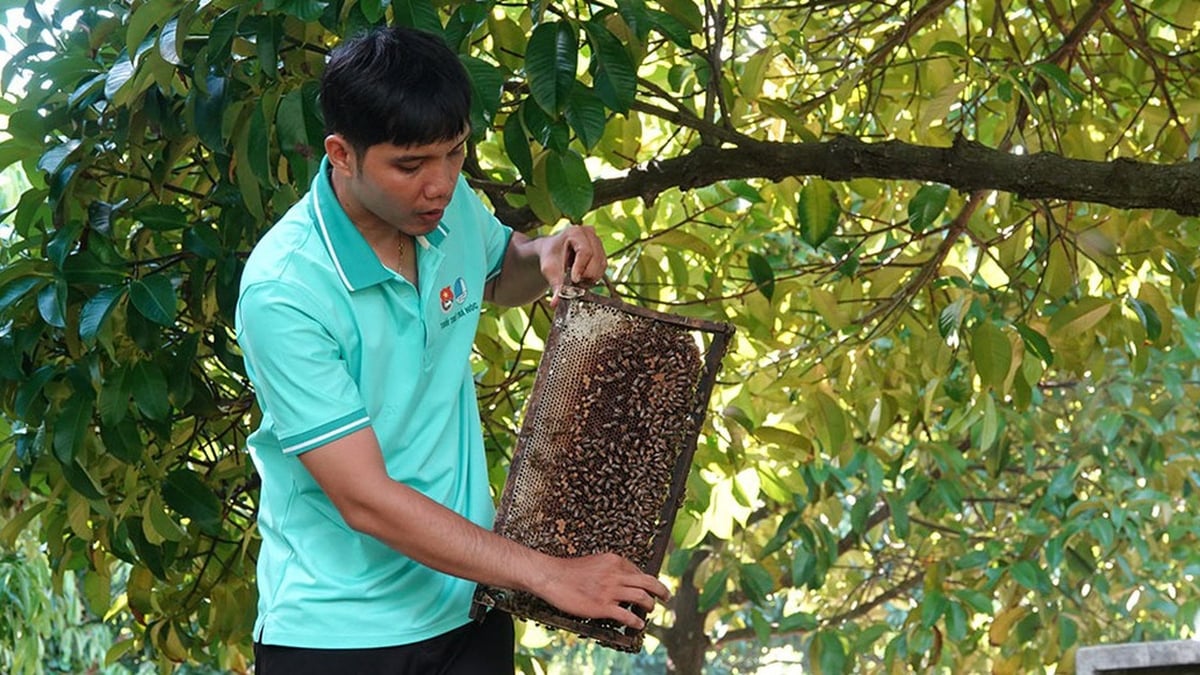


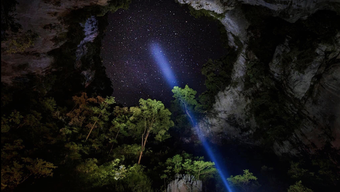
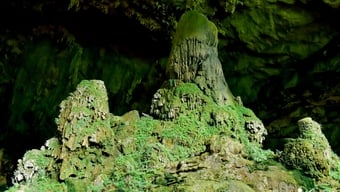
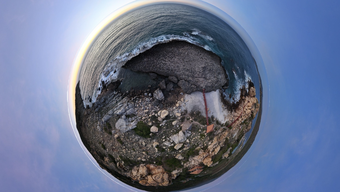




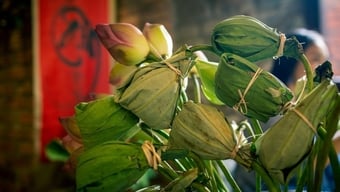
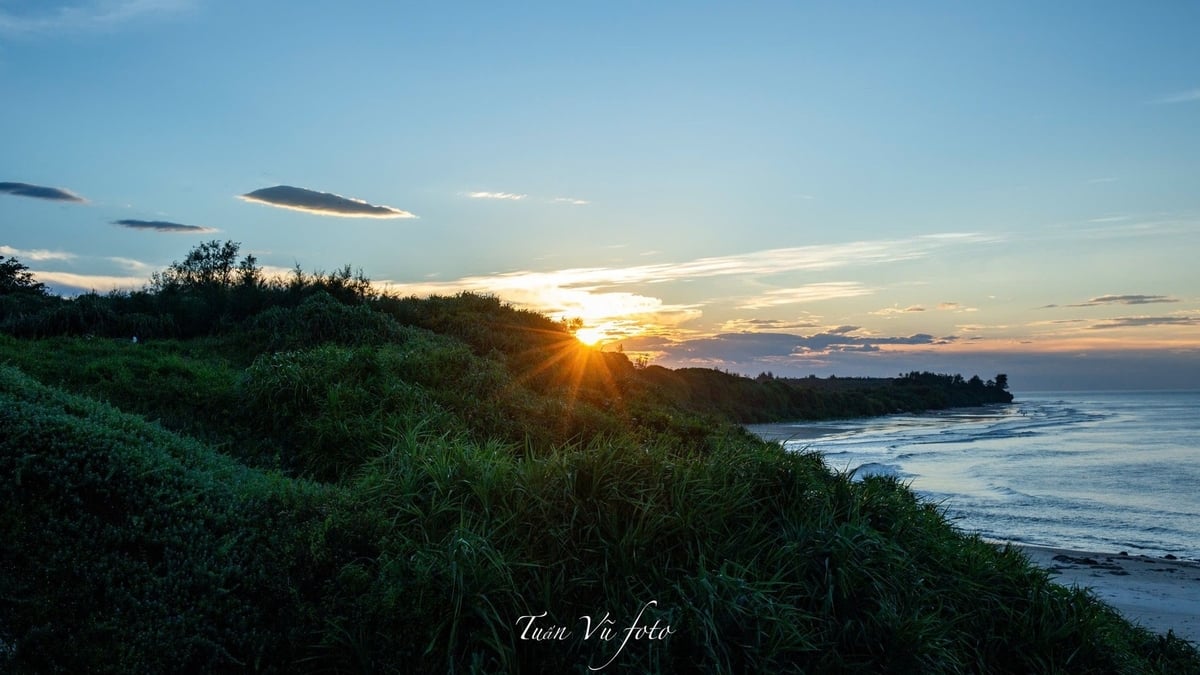
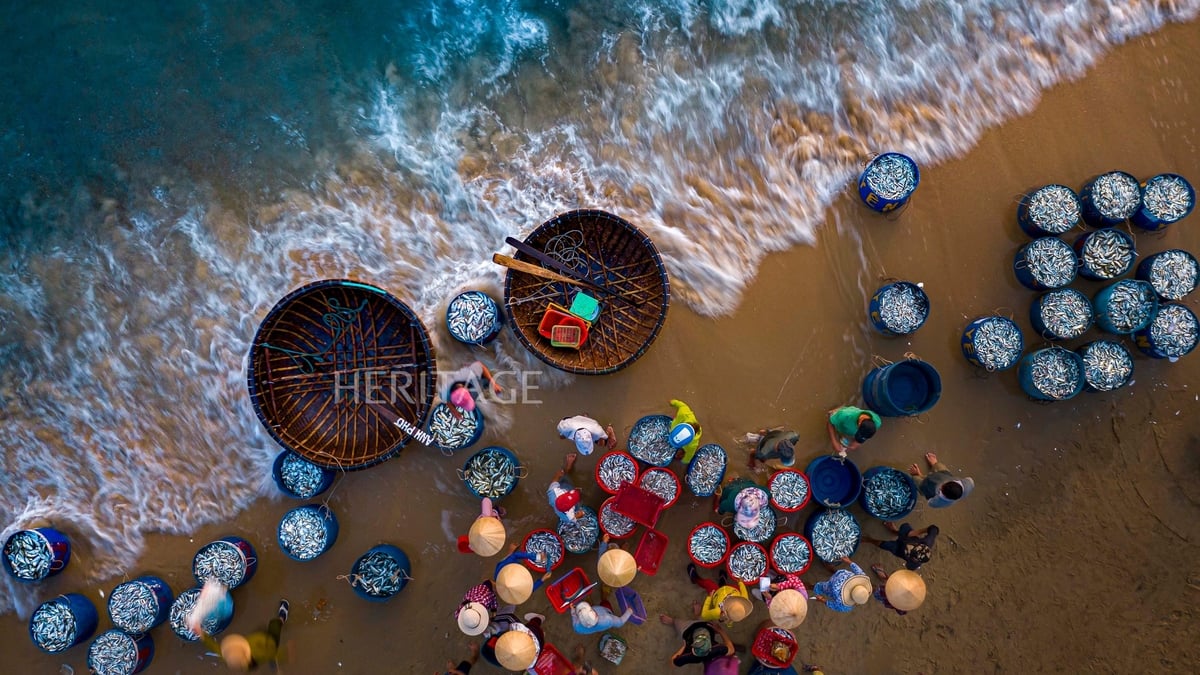




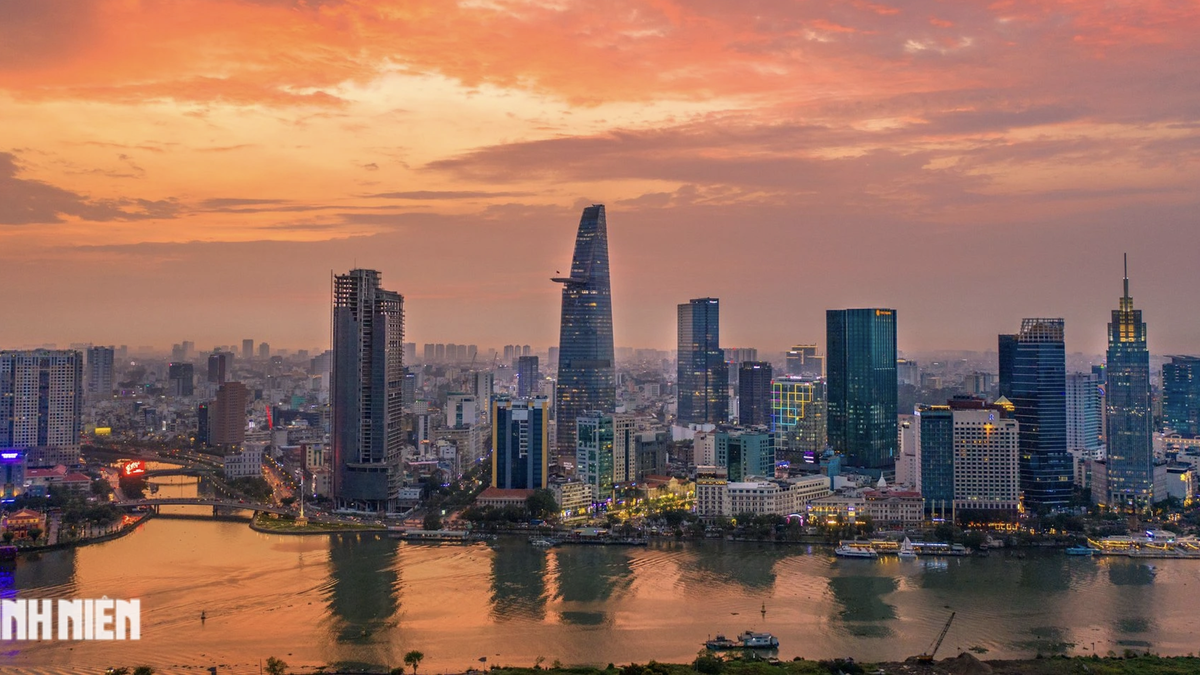
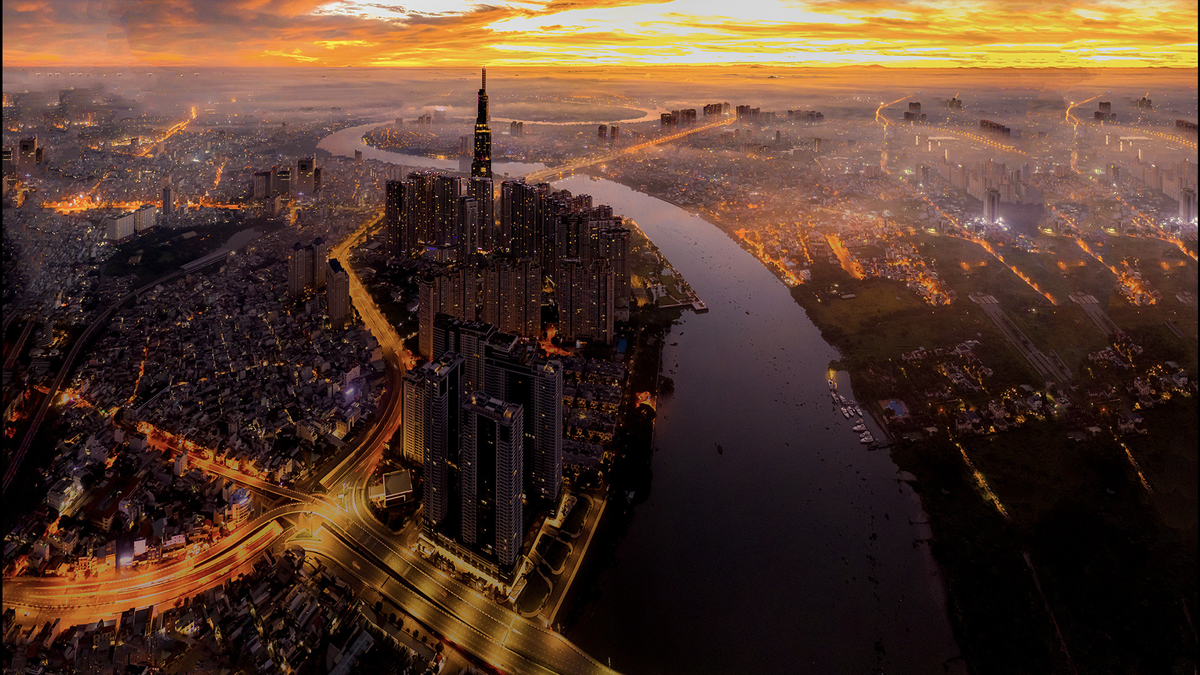
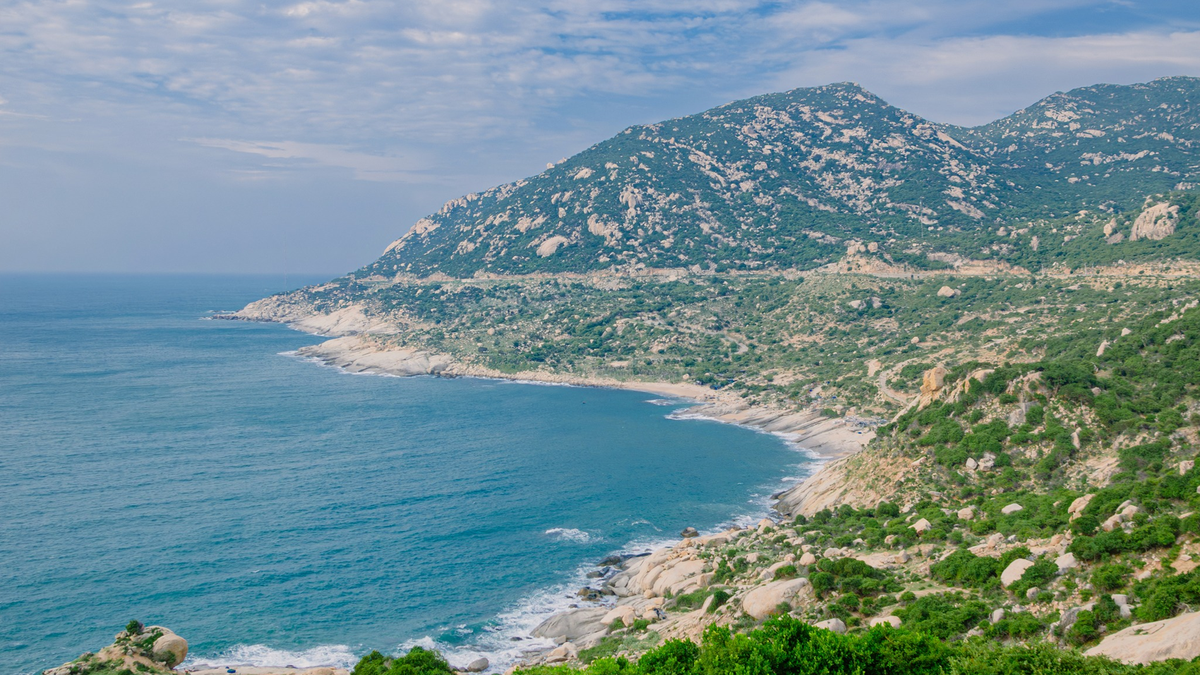
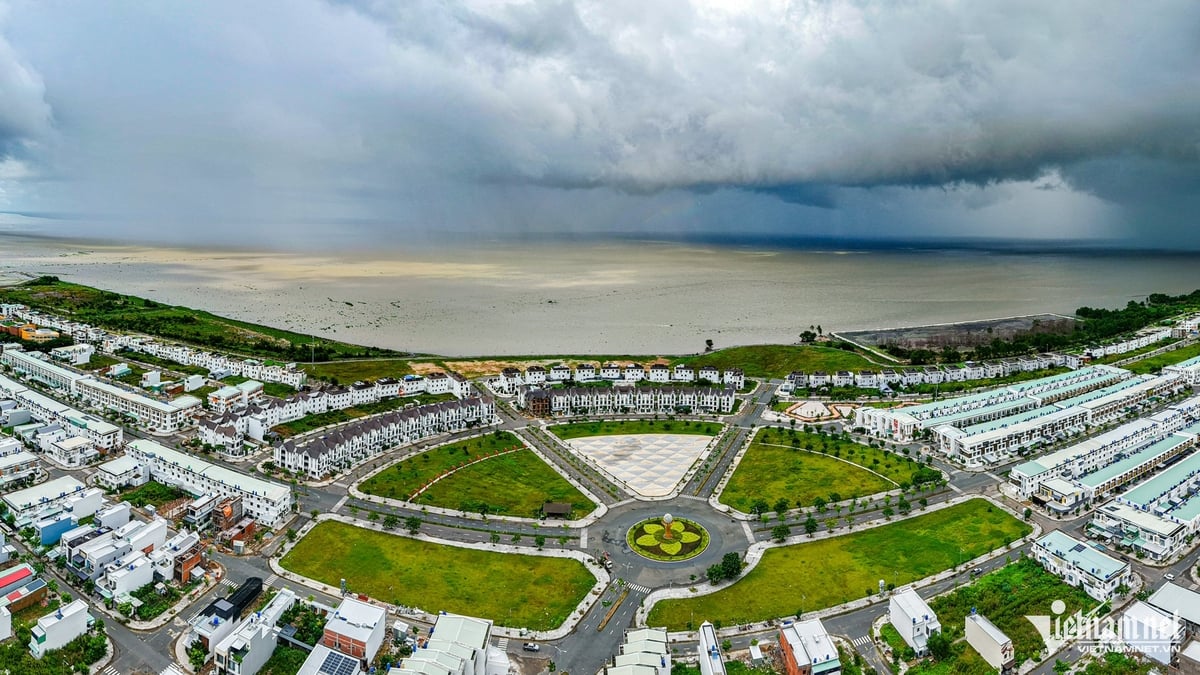
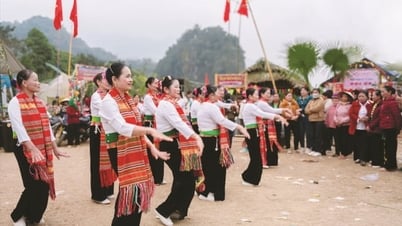



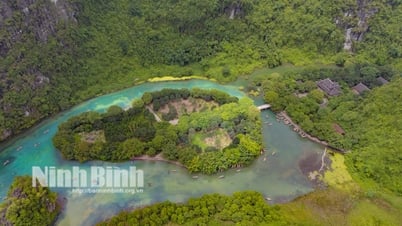



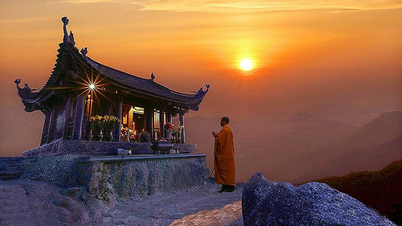

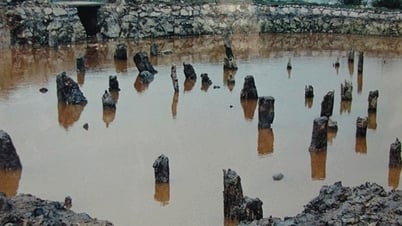





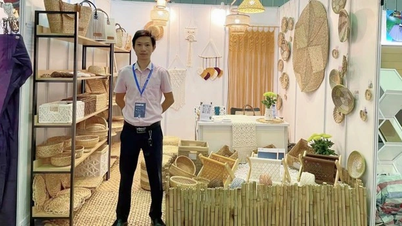
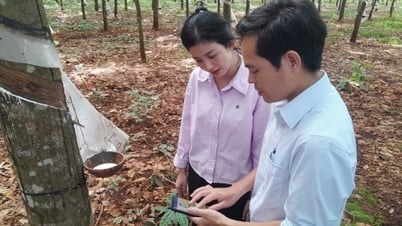








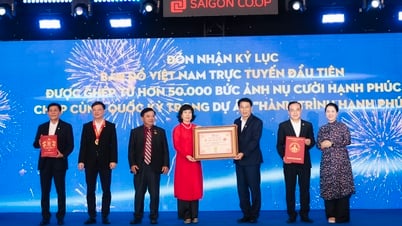
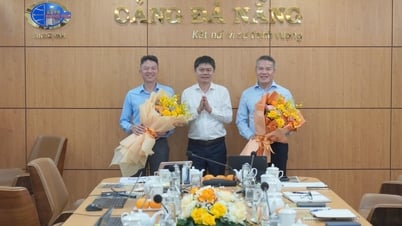
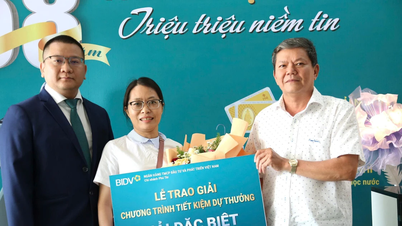






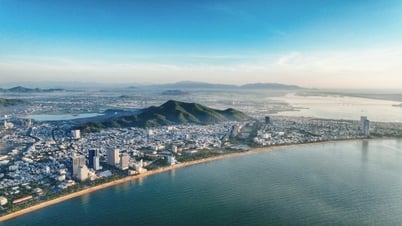
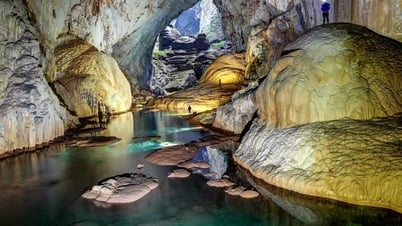




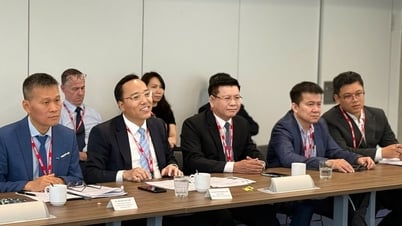

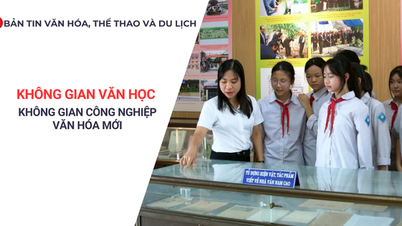

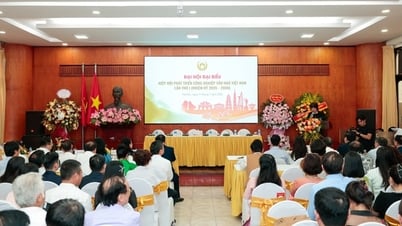
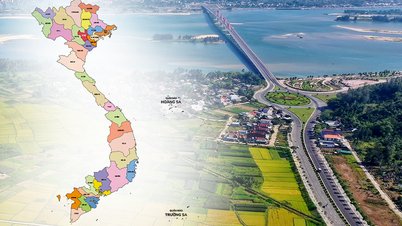
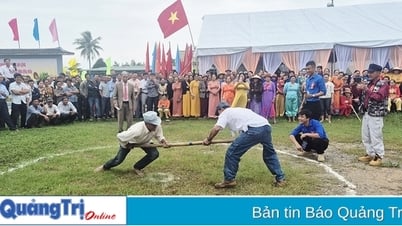

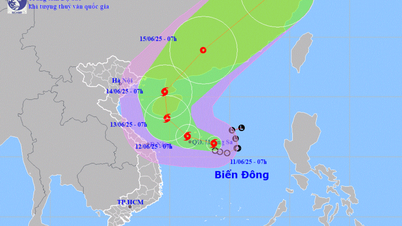

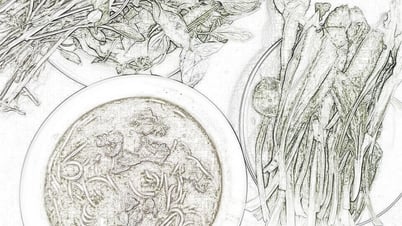
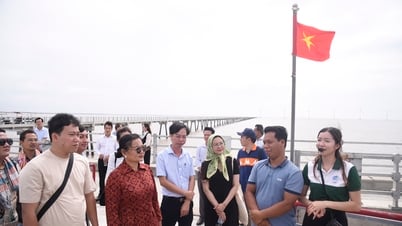
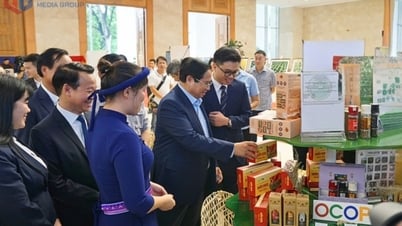

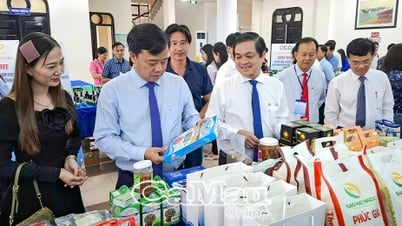



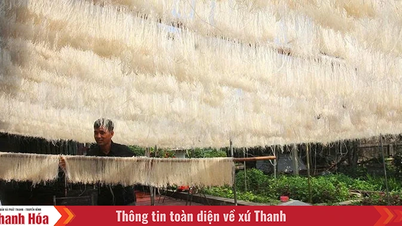

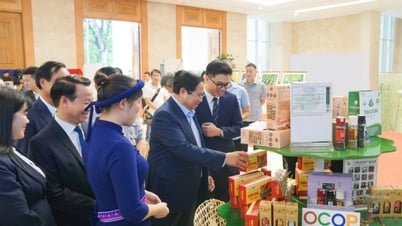
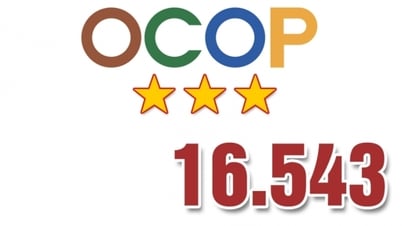

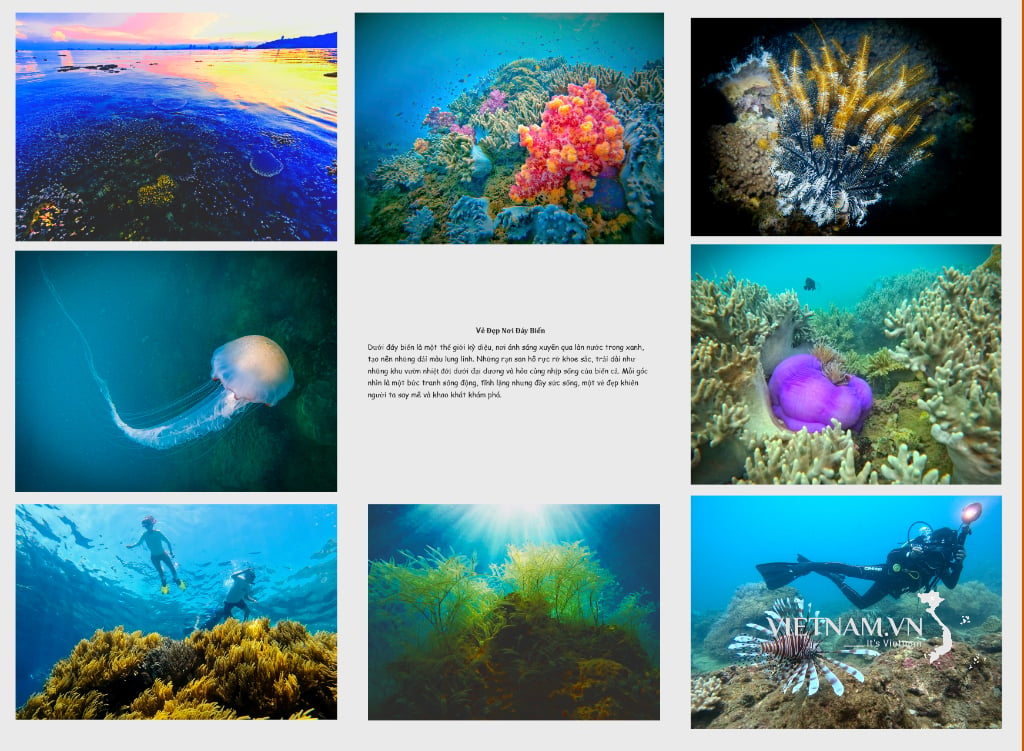
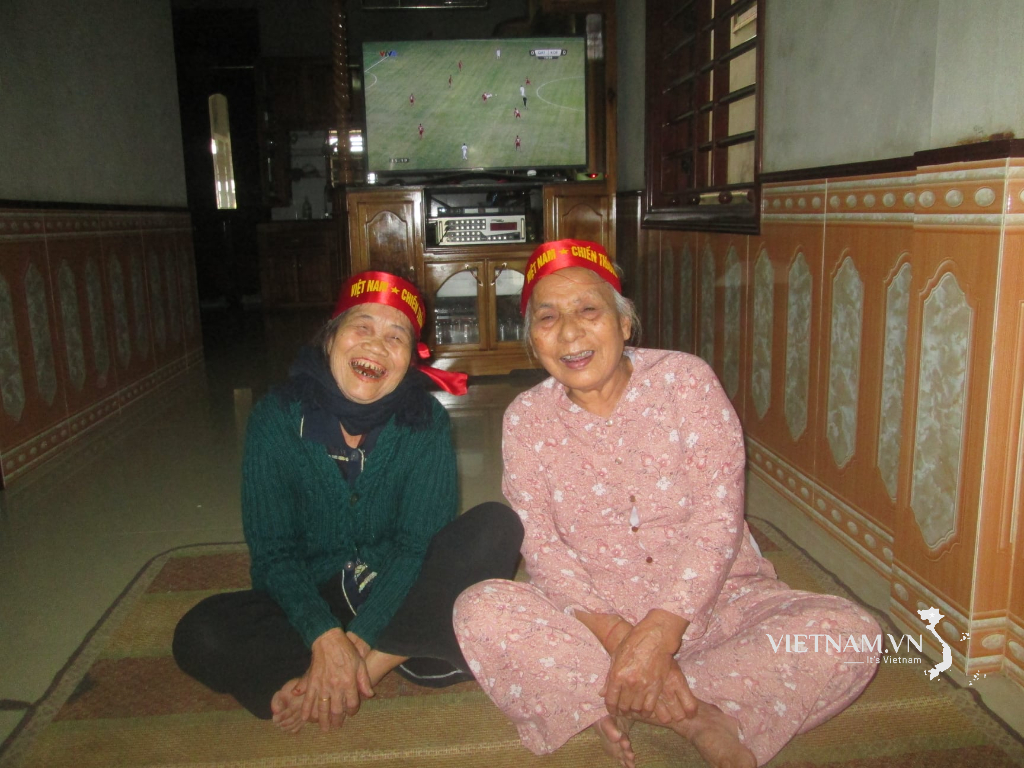

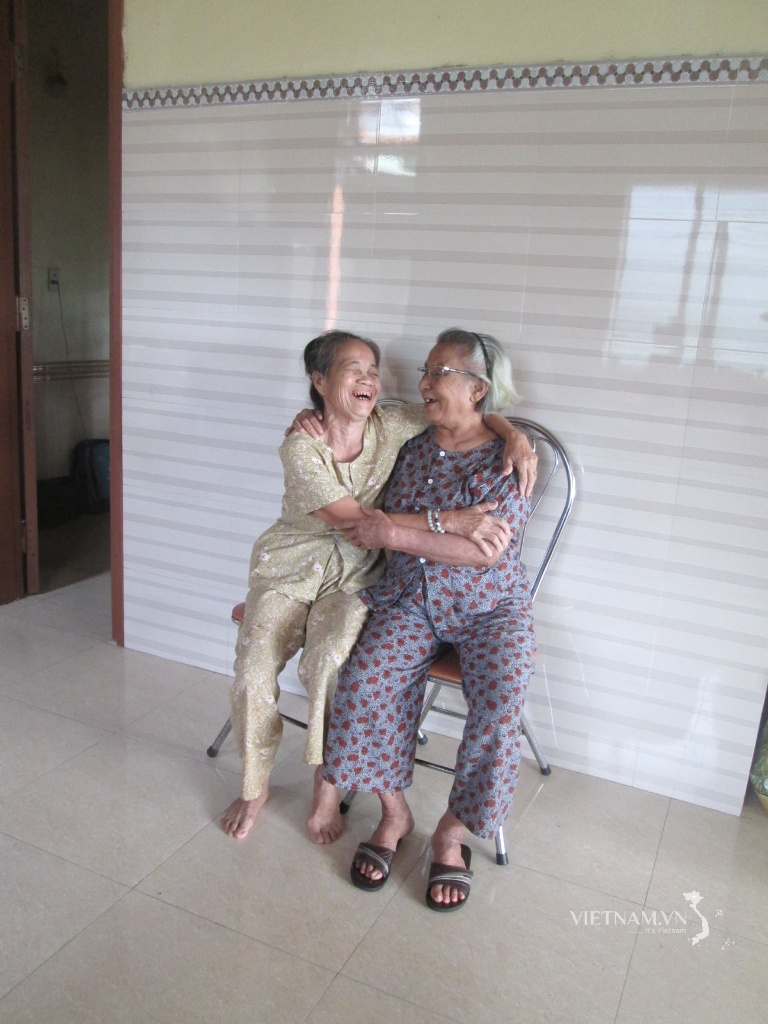
Comment (0)